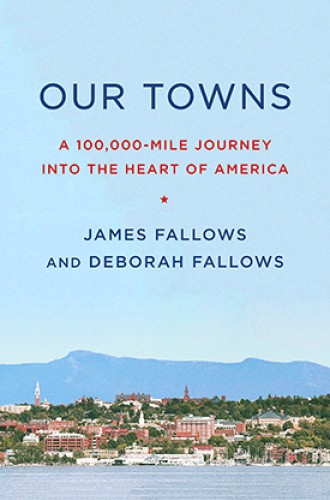What makes local communities thrive?
James and Deborah Fallows traveled around the U.S. to find out.
James and Deborah Fallows wrapped up a conversation with Rusty Bailey, the mayor of Riverside, California, with a question they’d asked of several mayors of robust towns across America. Did Bailey aspire to run for higher office? “Higher?” answered Bailey. “This is the highest office right here.”
This exchange reminds me of my own conversations over the years with gifted pastors. Did they aspire to a position of denominational leadership? Most were pretty sure they already had the best church jobs right where they were, in a vital and interesting congregation.
The exchange with Bailey illustrates a larger theme of the Fallowses’ encouraging book: in thriving American towns, “people work together on practical local possibilities, rather than allowing the bitter disagreements about national politics to keep them apart.” The authors go on to add this sharp observation: “The more often national politics came into local discussions, the worse shape the town was likely to be in.”






